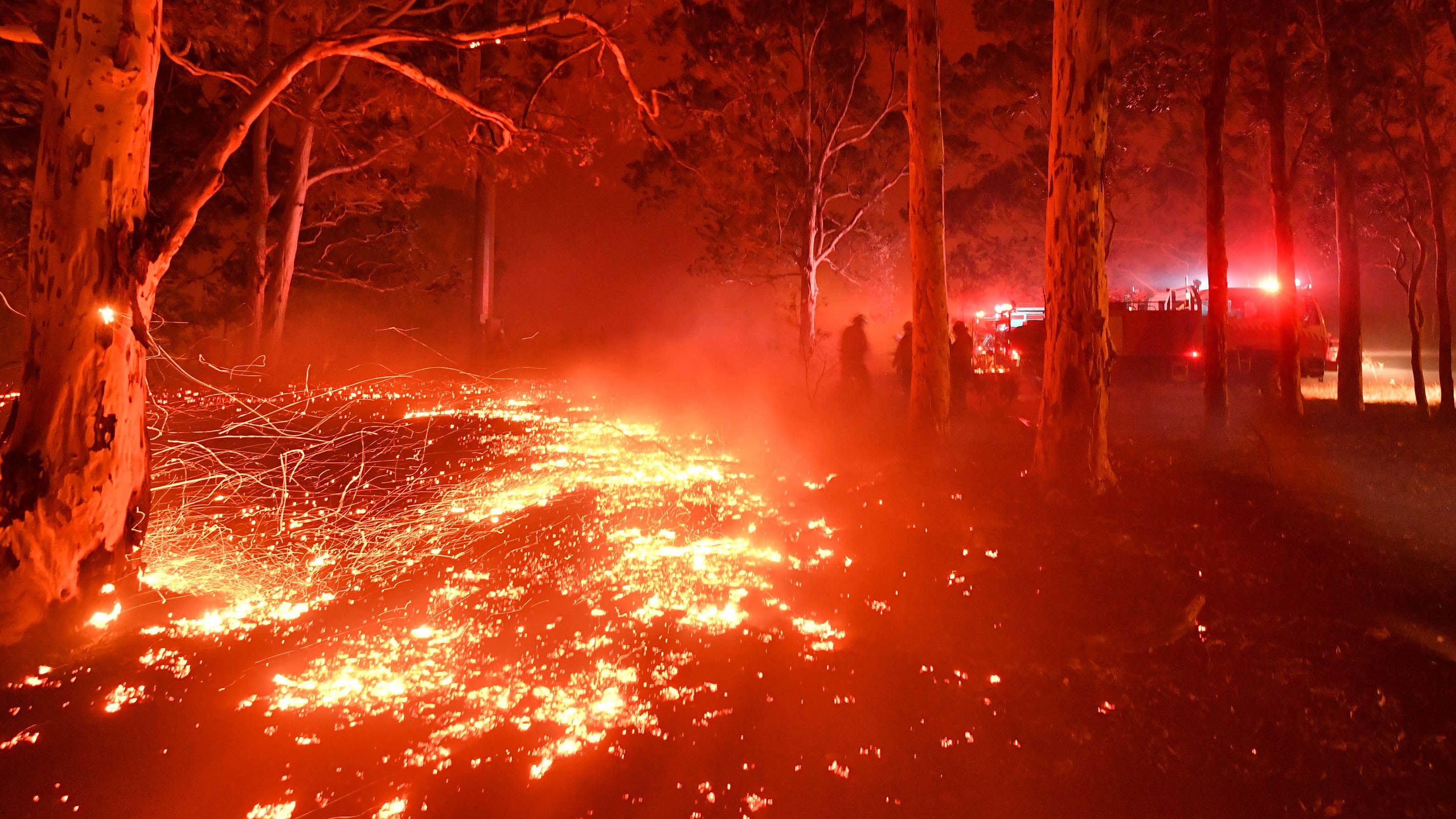Exactly How BAL Report Impacts Bush Fire Protection Procedures
In the realm of bush fire protection, the Structure Assault Degree (BAL) record stands as an important device that substantially influences the safety and security and durability of buildings in fire-prone areas - BAL Report. The effect of a BAL evaluation prolongs much past plain paperwork; it functions as the cornerstone for figuring out the ideal construction standards and fire protection procedures essential to mitigate the risks presented by bushfires. As communities grapple with progressively extreme fire seasons, comprehending exactly how the BAL report shapes these protective steps ends up being extremely important for home owners, policymakers, and builders alike
Comprehending the Bushfire Attack Degree

Relevance of BAL Record Assessment

Moreover, the BAL record analysis works as a foundational step in following lawful obligations and demands associated with bushfire security. Local councils and authorities often mandate the submission of a BAL report as component of the preparation and structure approval process to guarantee that properties are effectively secured against bushfire threats. Failing to perform a detailed BAL record analysis can cause poor security actions, leaving buildings at risk to ravaging bushfire occurrences.
Building Specifications Based Upon BAL
A detailed understanding of the Bushfire Assault Level (BAL) makes it possible for residential or commercial property owners to execute construction criteria customized to their particular danger profile. Building and construction criteria based on BAL are important in minimizing the effect of bushfires on residential properties. The BAL score classifies the possible threat a building deals with during a bushfire on a range from BAL-Low to BAL-FZ (Flame Zone) Each BAL degree corresponds to specific building needs detailed in the Australian Conventional AS3959-2018 Construction of Structures in Bushfire-Prone Areas. Properties identified as BAL-Low may just call for basic procedures such as clearing particles and maintaining gardens, while those in greater BAL groups require more robust procedures like ember screens, fire-resistant products, and secured windows. Abiding by these building and construction requirements not just enhances the structural durability of the home but likewise boosts the total safety and security of residents throughout a bushfire event. Consequently, homeowner need to very carefully consider their BAL score and adhere to the corresponding building and construction criteria to effectively secure their homes and occupants.
Carrying Out Fire Protection Actions
With the structure of building and construction criteria based upon Bushfire Attack Level (BAL) in position, the emphasis now shifts in the direction of the sensible execution of fire security measures to fortify homes against bushfire dangers. Applying fire defense procedures includes a combination of passive and energetic strategies to enhance the durability of structures in bushfire-prone locations. Easy measures include making use of fireproof building materials, mounting ash guards on vents, sealing spaces in roof coverings and wall surfaces, and keeping a clear area around the home free from flammable plant life. Active procedures encompass having firefighting devices conveniently available, such as pipes and water pumps, along with producing a defendable area around the residential property by clearing plant life and having a well-maintained yard. Additionally, creating an official website emptying strategy and guaranteeing all locals recognize emergency procedures are vital elements of reliable fire protection steps. By integrating both passive and energetic strategies, homes can dramatically decrease their vulnerability to bushfire events and increase the safety of passengers.
Safeguarding Residences Against Bushfires
Successfully securing homes versus the destructive effects of bushfires calls for a extensive and proactive technique to fire defense steps. Property owners staying in bushfire-prone areas have to prioritize the implementation of various methods to enhance their home's strength against wildfires. One basic element is developing a defensible space around the home by preserving a clear area without combustible materials. This includes regularly trimming plant life, getting rid of dead plants, and making certain a secure distance between frameworks and trees. Setting up fireproof roofing materials can likewise dramatically lower the risk of ash assaults and straight flame contact. In addition, sealing vents and spaces to stop ember invasion, along with integrating fire-resistant windows and doors, can aid strengthen the home's defense versus bushfires. Purchasing a reliable water resource, such as a well-kept lawn sprinkler or a dedicated water container, is essential for providing water during fire emergencies - BAL a knockout post Report. By accepting an aggressive position and integrating these protective actions, house owners can substantially enhance their opportunities of guarding their homes versus bushfires.
Final Thought
In conclusion, the Bushfire Assault Degree (BAL) report plays a vital function in identifying the needed defense actions versus bushfires. Carrying out fire defense actions based on the BAL report is vital in protecting residential or commercial properties from prospective bushfire dangers.
In assessing bushfire danger to buildings, comprehending the Bushfire Strike Level (BAL) is a vital element for executing efficient security measures. In general, a clear understanding of the Bushfire Attack Degree is vital for implementing appropriate security actions and reducing the influence of bushfires on residential properties.
